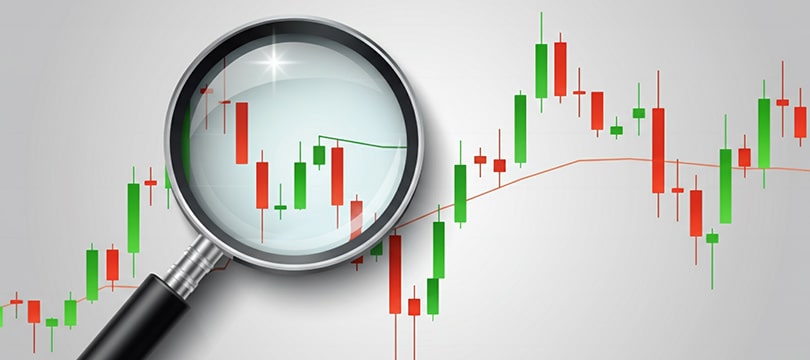Among the most discussed and used strategies in the foreign exchange market is
dynamic carry trade, an evolution of the classic carry trade that takes into account the risks associated with the evolution of political and economic scenarios.
It is a practice that combines the search for yield through swaps with a more flexible and adaptive approach, designed to reduce the vulnerabilities typical of the traditional method.
We will discuss it here. We will analyze what dynamic carry trade is, what the differences are compared to standard carry trade, and we will see three practical examples of application.
What is dynamic carry trade
Traditional carry trade consists of borrowing in a currency with low interest rates and investing in a currency with higher rates.
In this way, the trader or investor benefits from the interest rate differential, earning a positive swap every day the position is kept open.
A typical case consists of selling Japanese yen (known for low rates) and buying Australian dollars (AUD), which offer higher rates.
The gain does not derive so much from the movement of prices, but from the daily return generated by the differential.
However, this strategy presents some risks:
- Exchange rate volatility: if the high-yielding currency depreciates too much, the swap gains are zeroed out or even exceeded by price losses.
- Monetary policy: a central bank can unexpectedly change rates, reversing the convenience of the differential.
- Macroeconomic context: financial crises, geopolitical events, or market shocks can lead to a sudden unwinding of carry trades, causing sudden collapses.
Dynamic carry trade was born precisely to mitigate these risks. It is not limited to passively collecting the swap, but involves:
- Active management of the swap, constantly monitoring interest rate differentials.
- Partial hedges with derivative instruments (options, forwards) to limit losses in case of adverse movements.
- Adaptation to macro cycles: the trader periodically rebalances positions, shifting capital to currencies that offer the best risk/return ratio.
In short, dynamic carry trade is a more sophisticated version, which preserves the principle of yield from rates but makes it more resilient to market turbulence.
A few examples
To better understand how it works, let's analyze some examples of dynamic carry trade applied to Forex.
AUD/JPY with partial hedging
Let's imagine that rates in Australia are at 4%, while in Japan they remain close to 0%. The AUD/JPY pair is therefore interesting for
a classic carry trade: buying AUD and selling JPY means earning a positive swap every day.
With a static approach, the trader would simply maintain the position, expecting constant gains.
With a dynamic approach, instead, a long position on AUD/JPY would be opened to exploit the swap. At the same time, the trader buys a put option on AUD/JPY, with a strike price just below the entry level.
In this way, if the Australian dollar were to depreciate strongly,
the loss would be limited by the gain from the option. The hedge has a cost (the option premium), but it allows the strategy to be more sustainable in adverse scenarios. The result is a carry trade that is less profitable under normal conditions, but much more stable if markets enter a risk-off phase.
USD/TRY with variable swap management
The Turkish lira (TRY) is known for its high interest rates, which make USD/TRY one of the most used pairs for carry trades. However, the country's political and economic instability makes the currency extremely volatile.
In a dynamic carry trade, the trader
can exploit the differential in favor of the Turkish lira (i.e., short USD/TRY) only at certain times, for example when central banks signal a phase of stability. Instead of holding the position for months, the trader closes and reopens it cyclically, monitoring both the swap differential and the trend of implied volatility on options. In addition, they can open partial hedges on USD, with short-term forwards, to reduce the impact of sudden shocks.
In this way, the swap yield is earned, but with an active logic that adapts to the fragility of the emerging currency.
Multi-currency portfolio with rebalancing
An even more sophisticated approach to dynamic carry trade is one that involves a portfolio of currencies.
Example: a trader builds a basket with long positions on high-yielding currencies (e.g., Mexican peso, South African rand, New Zealand dollar) and short positions on low-yielding currencies (e.g., Japanese yen, Swiss franc).
With the dynamic approach:
- Every month the portfolio is rebalanced based on updated differentials and expectations on central banks.
- If a high-yielding currency shows signs of macro deterioration, it is replaced with a more solid one.
- In case of increased global volatility (measured for example by the VIX), the portfolio reduces the total exposure, lowering the overall risk.
- The result is a portfolio that maximizes positive swap in times of stability but knows how to reduce leverage when the market changes scenario.




